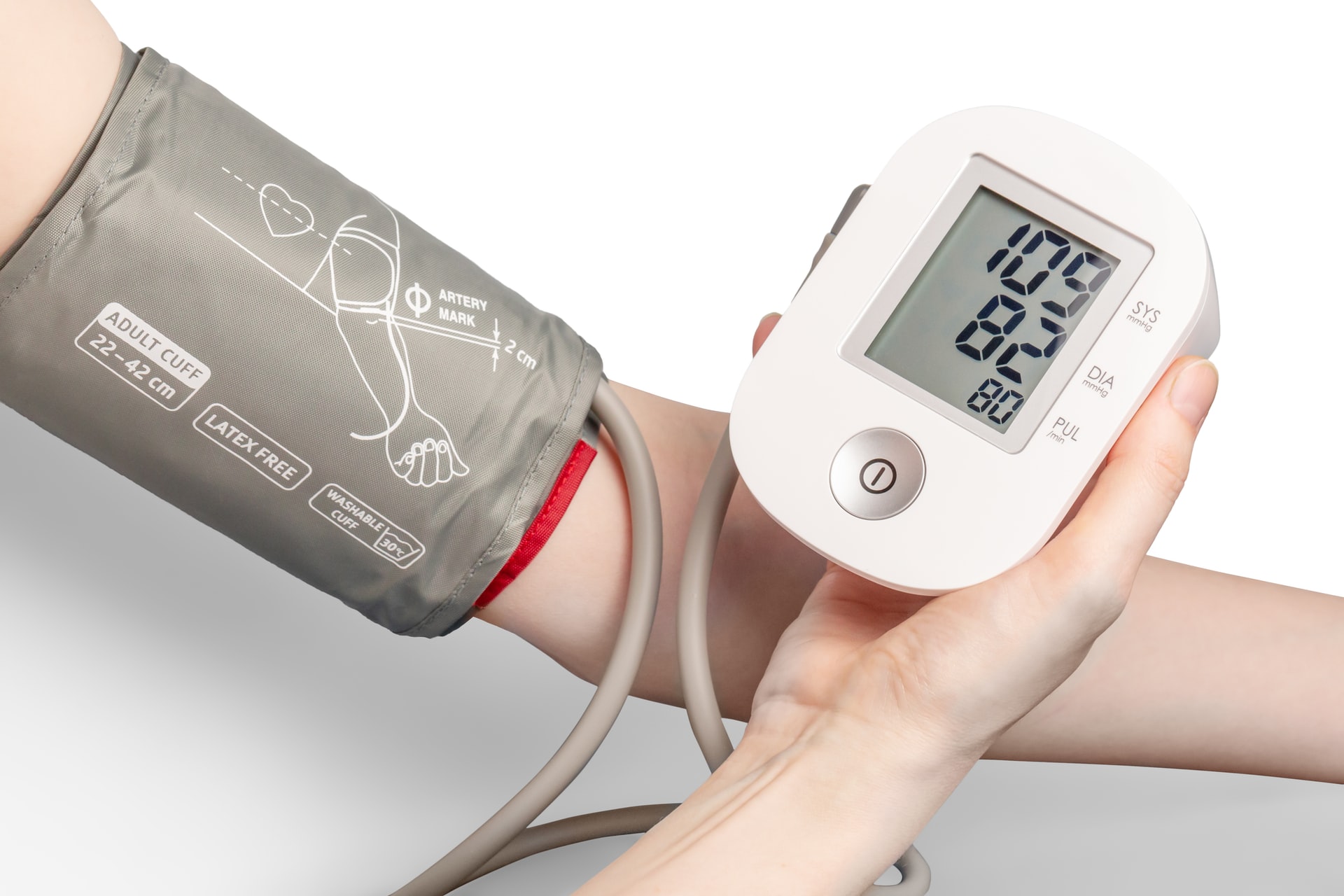How Healthcare is Becoming More Convenient
The modern age is a busy one, as well as increasingly complex. Consumers increasingly prefer convenience, as well as the highest value for the money, and these trends are especially evident in the healthcare field.
What was once a fairly uniform medical industry has diversified into a distributed model of healthcare that offers smaller units of care at more local levels, and an increased involvement in decision-making by the patient. These shifts are being fueled by both patient preferences and advances in technology.
Distributed Healthcare
The old model of healthcare is a familiar one for most Americans. You go to a central hub for most of your health-related needs. This is usually the hospital. It’s the destination for everything from prescription re-fill consultations to lifesaving surgeries.
This model has certain advantages, giving people a one-stop site for accessing a wide variety of services and specialists. However, even a routine visit can be costly, time-consuming, and inconvenient. Patients and caregivers might need to take time off from work and arrange childcare, ready a medically fragile loved one for a long journey to the hospital, and then sit in a waiting room next to other, potentially contagious patients.
And the cost of maintaining a hospital causes steep out-of-pocket prices or deductibles for the initial experience and repeating the process for follow-up visits.
The distributed healthcare model diversifies the centralized system into a more consumer-specific approach. Hospitals and emergency rooms still have a vital role to play, but many forms of non-emergency care and wellness services are now offered by smaller, focused providers within a neighborhood or community.
Healthcare is being split up between specialized offerings such as mental health providers, urgent care clinics, rehabilitation facilities and even retail clinics such as Walgreens and Rite Aid.
Mobile dialysis units bring the healthcare to the patient, while patient-installed or wearable devices such as smartphones provide health-improving apps like sleep and fitness trackers, offering both independent autonomy and remote connectivity.
The Driving Forces
Technology is the vital partner in this shift away from centralized healthcare. However, most technology is spurred by the need to solve a problem or meet a demand. Consumers, healthcare providers, and tech developers are all enabling the new model of distributed and patient-centered care.
Fast, stable Internet is one of the fundamental underpinnings of modern, convenient healthcare. During the Covid-19 crisis, Internet providers began offering better speeds, and households began upgrading to better packages. This has allowed more Americans to connect with distant clinics by video call, and to access and update their medical records remotely.
There is still a lot of room for improvement here. The FCC reports that 34 million Americans don’t have access to adequate broadband. This is especially evident in rural areas, where almost 40% of families lack access and, therefore, access to certain parts of the online healthcare model.
Another driving force is the booming market for affordable, user-friendly wearables and medical gadgets. These health monitors, wellness trackers, and care apps are often not covered by insurance companies, many of whom are dragging their feet to recognize their benefits. Fortunately, increasing market competition impels gadget manufacturers to keep prices affordable. These devices and apps are also increasingly user-friendly, and don’t need a medical or technical degree to operate.
A final, vital piece of the puzzle is the development of the Electronic Health Record (EHR). This is still a developing platform, but the world is heading in the direction of an accessible yet secure EHR that can be updated in real time from anywhere by any authorized professional. Ideally, patient data will be kept secure, be accessible to healthcare staff with the right permissions, be backed up in case of disaster, and travel with patients across state lines and medical systems.
Convenient Care, Empowered Patients
The modern healthcare model is more affordable and accessible to patients. Many of the smaller, more convenient and more nimble medical service providers, such as urgent care facilities, can offer lower and fixed costs. They don’t need to keep unnecessary equipment and specialists in-house. With weekend and evening hours that go beyond traditional medical availability, patients may enjoy significant time savings, squeezing in an appointment after work or from home via video call.
Healthcare is also becoming more accessible than ever. In older generations, people looked at mental health and post-surgical rehabilitation services as a luxury that might have been out of reach. Now, the distributed and telehealth model brings many of those services into the home and community. This is particularity true for the most under-served communities in both rural and urban areas.
These factors go beyond convenience and actually empower patients. People are becoming more connected to their healthcare journeys, more likely to seek out a second opinion by video call. Fitness apps and wearable health trackers also give them direct feedback on how their daily habits are influencing their well-being.
Patients are demanding both convenience and autonomy in the developing model of health. The consumerization of care allows individuals to take control of their health, not sitting passively in a hospital, but seeking out healthcare in their communities, homes, and daily lives. The savvy medical patients of today are evaluating their options, getting second opinions, and actively looking for and finding accessible, cost-effective care.

